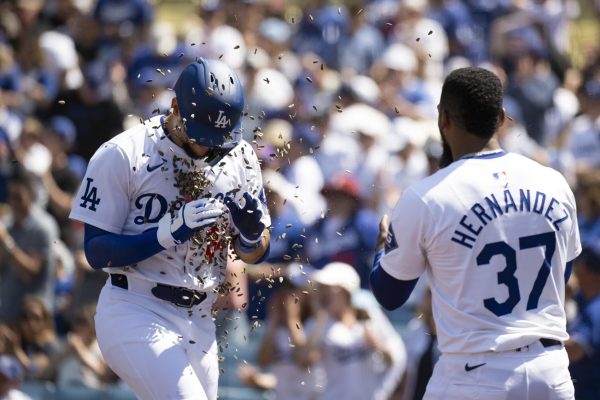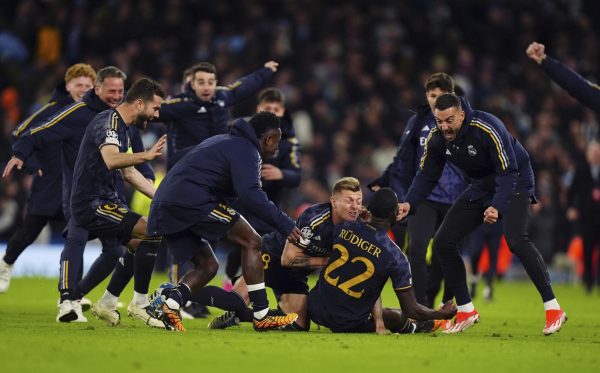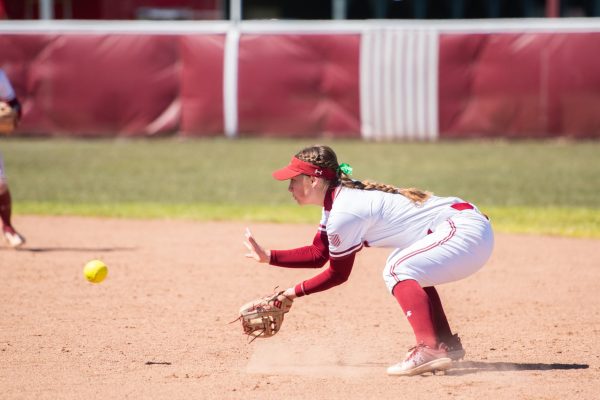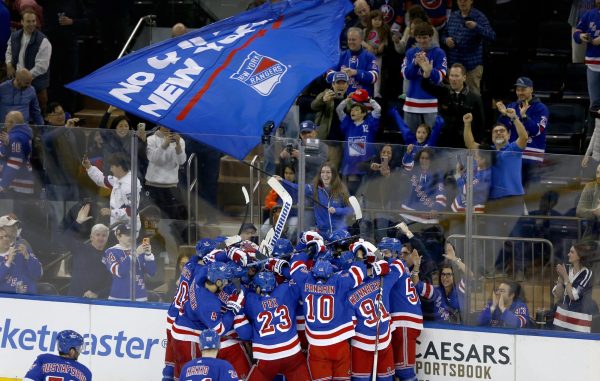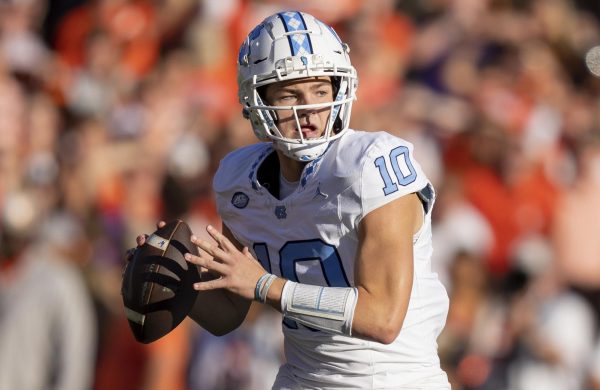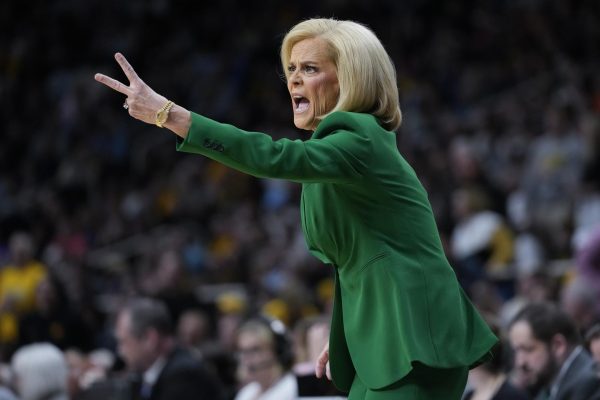The Unsung Heroes of the National Hockey League
One of the most important skaters on a hockey team, the enforcer, has become somewhat of a dying breed in the NHL. Fans and the media spend so much time drooling over the top scorers and goalies in the game, such as Blackhawks winger Patrick Kane, Oilers center Connor McDavid and Capitals net-minder Braden Holtby. Those players are obviously great and warrant the attention they receive. However, enforcers somehow slide under the radar for much of their careers and, to the casual fan, their crucial role goes mostly unnoticed.
The enforcer is historically a third- or fourth-liner. He does not provide much of a scoring punch and does not have the same finesse that many of the league’s superstars possess. What he lacks in scoring ability, though, he makes up for in heart, guts and physicality.
Whenever an opposing player makes a dirty hit or a cheap shot on an enforcer’s teammate, especially his goalie, the enforcer is ready without hesitation to drop the gloves and respond with power and aggression. However, this role has begun to evolve over the past decade or so.
True enforcers are much harder to come by these days, and teams have recently begun to explore alternative options rather than true enforcers.
Many fans may mistake pests for enforcers. A pest is similar to an enforcer in that he may end up in his fair share of shoving matches and fights. However, his role is not one of retaliation or protection but, rather, to agitate the top players on the opposing team into taking costly fighting majors, taking them off the ice for a full five minutes.
Pests are present on most NHL rosters, but they are not nearly as integral to a team’s success as enforcers are.
Since 2012, only four teams have won the Stanley Cup: the Chicago Blackhawks, Los Angeles Kings, Pittsburgh Penguins and Washington Capitals. These four teams had something in common.
Though they were all different and had very distinct styles and skill sets, each has either had an important enforcer or a sort of platoon of pseudo-enforcers. Clearly, an enforcer of some variety has been an essential factor in determining the success of a hockey team, both during the regular season and throughout the playoffs.
Interestingly, several NHL teams seem to have instituted an enforcer-by-committee approach to fill their four lines.
The Penguins, for example, have an array of skaters across all lines, from stars like Evgeni Malkin to fourth-liners like Ryan Reaves, who are willing to jump into action and fight for their teammates in any situation.
Perhaps this enforcer platoon strategy is more effective, as it allows for viable enforcers across all four lines without wasting an important roster spot on a goon who is only good at fighting and taking penalties.
The most well-known enforcer currently in the league is probably Capitals forward Tom Wilson.
At six feet four inches and 220 pounds, Wilson is an absolute unit. He was an integral component of the Caps’ Stanley Cup playoff run last season, as he is one of the few skaters in the NHL who can competently contribute on both ends of the ice. Wilson managed to muster a respectable 50 points last year, including five goals and ten assists in the playoffs.
On top of that, he also made a whopping 250 even strength hits, many of which factored into his team-leading 187 penalty minutes.
Despite Wilson’s impressive performance last season, he is currently serving a 20 game suspension for an illegal head hit on St. Louis Blues’ skater Oskar Sundqvist during a preseason game earlier this fall.
Though the hit was dirty and unnecessary, the unprecedentedly long 20 game suspension came as a bit of a shock to many NHL fans and players.
This is not unreasonable for the NHL and commissioner Gary Bettman, since the hit was illegal and egregious. Wilson is also a re- peat offender, as this is his fourth suspension for illegal head hits since September 2017.
Perhaps this is the NHL’s way of trying to slowly phase out aggressive and physical play in the name of player safety.
Wilson’s actions are not indicative of the actual role of an enforcer. An enforcer is not supposed to be dirty or overly aggressive and, as a result, Wilson has tarnished the role of the enforcer in today’s NHL.
Players understand the importance of the enforcer, though. While it is crucial to punish Wilson for these hits, enforcers still need to be utilized for the role they are meant to play.
Tampa Bay Lighting star Steven Stamkos commented on fighting and enforcers before the current NHL season.
“When you see a fight now it’s a response; someone didn’t like something that was done on the ice. With concussions and injuries you never want to see guys get hurt, but I still think there is a time and a place for it,” Stamkos said.
In 2016, as an ode to enforcers across the league, fans started a campaign to send longtime Arizona Coyotes enforcer John Scott to the All-Star game. He competed in the game and the skills competitions as NHL fans showered him with nothing but support and applause.
It was an incredibly memorable moment, as enforcers are rarely recognized for the role that they play. For many fans, the enforcer is a favorite, so watching Scott’s recognition at that game seemed almost as though he was representing all enforcers throughout the history of the league.
Scott is probably one of the last true enforcers to have a long and successful career as one, but he does not necessarily represent the end of the enforcer in the NHL. Rather, he may simply be mark- ing the end of the true enforcer era as the league heads in a more team-oriented en- forcer direction.
The art of the enforcer is not as simple or barbaric as it may seem. Though it can some- times lead to injuries, an enforcer is nonetheless a crucial component to the success of any NHL team. Players have even built careers around it.
While true enforcers have been virtually eliminated from today’s game, it seems as though the enforcer is not fully lost in the sport. Instead, it is just evolving, as every sport does.
We may not see another journeyman like John Scott, but that does not mean that the role of the enforcer, whether it is filled by a single player or multiple skaters, has lost any of its importance to a team’s success.
Contact Ethan Marchetti at [email protected].


